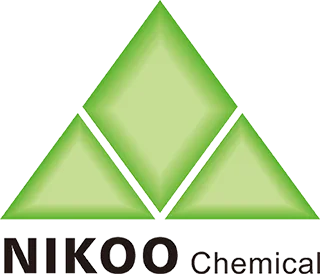Vitamin C: The Brightening Powerhouse with Quirks
Vitamin C (often listed as L-ascorbic acid, Sodium Ascorbyl Phosphate, Ascorbyl Glucoside, etc.) is a skincare superstar revered for its brightening and antioxidant prowess. But this potent ingredient comes with a personality – it’s powerful yet notoriously finicky. Let’s unpack why it’s so beloved and what makes it tricky.
At its core, Vitamin C is a potent antioxidant. Our skin faces daily assaults from environmental stressors like UV radiation and pollution, generating harmful molecules called free radicals. These unstable molecules damage skin cells, collagen, and elastin, accelerating aging (photoaging) and contributing to dullness and uneven tone. Vitamin C neutralizes these free radicals, acting like a shield. By doing so, it helps prevent premature aging and supports overall skin health.
Beyond defense, Vitamin C is a key player in brightening. It inhibits an enzyme called tyrosinase, crucial for the production of melanin (skin pigment). By interrupting this process, it helps fade dark spots, hyperpigmentation, and post-inflammatory hyperpigmentation (PIH), leading to a more even, radiant complexion. Think of it as gently putting the brakes on pigment overdrive.
Furthermore, Vitamin C is essential for collagen synthesis. Collagen is the protein scaffolding that keeps skin firm and plump. By stimulating collagen production, Vitamin C helps improve skin texture, firmness, and can reduce the appearance of fine lines over time. It’s truly a multi-tasker: defender, brightener, and collagen booster.
Now, the quirks. The most potent form, L-ascorbic acid, is highly unstable. It degrades rapidly when exposed to light, air, and heat, turning yellow or brown and losing effectiveness. This is why packaging is critical – opaque, airtight bottles (often with pumps) are best. Many stabilized derivatives (like Sodium Ascorbyl Phosphate, Magnesium Ascorbyl Phosphate, Ascorbyl Glucoside, Tetrahexyldecyl Ascorbate) are less potent but significantly more stable and gentler, making them excellent choices for sensitive skin or beginners.
Concentration and pH are also vital. L-ascorbic acid needs a low pH (around 3.5) to penetrate effectively and be stable within the formula. Concentrations typically range from 5% (gentle) to 20% (potent, higher risk of irritation). Finding your sweet spot is key – start low and go slow.
Potential downsides include tingling (common, often harmless), potential irritation or stinging (especially at high concentrations or on sensitive skin), and, rarely, a slight yellow-orange tint temporarily staining the skin if a degraded product is used.
Despite its fussiness, Vitamin C remains a gold-standard ingredient. The benefits – combating free radical damage, brightening tone, and boosting collagen – are significant. Choosing a well-formulated, stable product suited to your skin's tolerance and using it consistently (often in the AM under sunscreen for antioxidant protection) can unlock remarkable results: a brighter, more resilient, and healthier-looking complexion.

Phone: +86 20 36028881
Fax: +86 20 36550567
Email:rebecca@nikoochem.com
WhatsApp: +86 13822397763
Add: No 1718, Airport Rd., Yuncheng St., Baiyun Dist., Guangzhou City, Guangdong, China 510000
